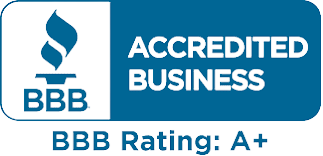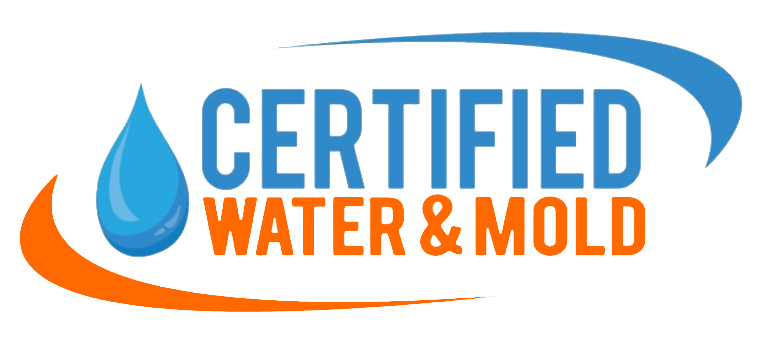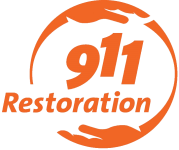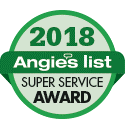8 Key Steps for Water Damage Restoration in Olathe
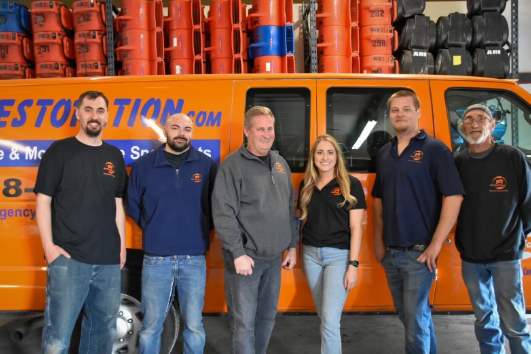
CONTACT US
- 2021 B East Spruce Circle Olathe, KS 66062.
- 816-835-4959
- mike@cwmrestoration.com
BUISNESS LISTINGS
Learn the 8 key steps for water damage restoration in Olathe.
Fast, professional help, call us now on 816-835-4959 for emergency services! Whether you’re dealing with a sudden emergency or the aftermath of a unnoticed leak, effective restoration requires immediate, strategic action. Being prepared and knowing what to do can help you protect your property, your health, and your finances.
8 Essential Steps for Water Damage Restoration in Olathe KS and nearby areas
- Safety First: Prioritize personal safety. Shut off electricity in affected areas and watch for structural hazards or potential mold.
- Assess and Document: Inspect all damaged areas, identify the water source, and document the situation thoroughly with photos and videos for insurance claims. Determine if water is clean, gray, or black to plan the response.
- Water Extraction: Quickly remove standing water using pumps or wet/dry vacuums to limit further damage.
- Drying and Dehumidification: Use fans and dehumidifiers to dry all wet areas. If possible, ventilate with open windows. Use moisture meters to check for hidden dampness.
- Cleaning and Sanitizing: Remove debris, clean affected surfaces, and thoroughly disinfect to prevent mold and bacteria. Clean or replace damaged fabrics and materials.
- Repairs and Restoration: Fix structural issues such as damaged drywall, floors, or ceilings. Replace and restore affected materials to return your property to its original condition.
- Monitor Progress: Continually monitor moisture levels, adjust drying equipment, and check for signs of lingering moisture.
- Preventative Measures: Address the original cause (like repairs to pipes or drainage) and consider installing water detection alarms or improving waterproofing to prevent future water incidents.
Step #1: Respond Quickly (But Don’t Panic)-Your First Line of Defense
When you discover water damage, according to Angies List What to Do After Water Damage: 7 Steps to Take time is of the essence. The longer water sits, the more it seeps into walls, floors, and belongings—leading to structural damage and the perfect environment for mold growth. But don’t let panic lead to mistakes.
What to Do:
- Shut off the main water supply if flooding is caused by a plumbing issue.
- Turn off electricity in impacted areas—but only if it’s safe to do so.
- Document the damage with photos and videos for insurance.
- Contact your insurance provider to report the loss.
- Call a reputable water damage restoration company in Olathe immediately.
Step #2: Remove Standing Water
Once help is on the way, the next step is to get rid of standing water as quickly as possible. The sooner water is removed, the less risk there is for deep structural problems or extensive mold and mildew. The Full Guide: Water Damage Restoration
How Pros Do It:
- Use industrial-strength pumps and wet vacuums to extract water.
- If the damage is minor, homeowners can start with buckets and wet/dry vacuums.
- Professionals also use moisture meters to identify hidden water in walls, ceilings, and subfloors.
Step #3: Dry and Dehumidify
Even after the visible water is gone, building materials and furniture can soak up moisture. Failing to dry these areas thoroughly leads to lingering odors, warped wood, and persistent mold.
Key Actions:
- Run commercial-grade fans, air movers, and dehumidifiers around the clock.
- Open windows and doors, if the weather allows, to encourage airflow.
- Carefully monitor humidity levels until they return to normal.
Step #4: Assess the Damage
Once things are drying out, a careful assessment reveals the true extent of damage and what can be saved.
Assessment Includes:
- Inspecting walls, floors, ceilings, and insulation for water penetration.
- Checking for compromised structural materials.
- Evaluating electrical systems and appliances.
- Identifying belongings that require restoration or disposal.
Step #5: Remove Damaged Materials and Deodorize
Not everything exposed to water can or should be saved. Damaged drywall, carpet, insulation, and furniture may need to be removed to prevent long-term issues.
Steps Taken:
- Discard unsalvageable materials in accordance with local disposal regulations.
- Remove soaked baseboards, drywall, and flooring as needed.
- Deodorize using air scrubbers, fogging treatments, and antimicrobial sprays.
Step #6: Clean and Sanitize All Surfaces
Thorough cleaning and disinfecting are critical, particularly if your water emergency involves sewage or Category 3 (black) water.
Professional Restoration Includes:
Step #1: Respond Quickly (But Don’t Panic)-Your First Line of Defense
When you discover water damage, according to Angies List What to Do After Water Damage: 7 Steps to Take time is of the essence. The longer water sits, the more it seeps into walls, floors, and belongings—leading to structural damage and the perfect environment for mold growth. But don’t let panic lead to mistakes.
What to Do:
- Shut off the main water supply if flooding is caused by a plumbing issue.
- Turn off electricity in impacted areas—but only if it’s safe to do so.
- Document the damage with photos and videos for insurance.
- Contact your insurance provider to report the loss.
- Call a reputable water damage restoration company in Olathe immediately.
Step #2: Remove Standing Water
Once help is on the way, the next step is to get rid of standing water as quickly as possible. The sooner water is removed, the less risk there is for deep structural problems or extensive mold and mildew. The Full Guide: Water Damage Restoration
How Pros Do It:
- Use industrial-strength pumps and wet vacuums to extract water.
- If the damage is minor, homeowners can start with buckets and wet/dry vacuums.
- Professionals also use moisture meters to identify hidden water in walls, ceilings, and subfloors.
Step #3: Dry and Dehumidify
Even after the visible water is gone, building materials and furniture can soak up moisture. Failing to dry these areas thoroughly leads to lingering odors, warped wood, and persistent mold.
Key Actions:
- Run commercial-grade fans, air movers, and dehumidifiers around the clock.
- Open windows and doors, if the weather allows, to encourage airflow.
- Carefully monitor humidity levels until they return to normal.
Step #4: Assess the Damage
Once things are drying out, a careful assessment reveals the true extent of damage and what can be saved.
Assessment Includes:
- Inspecting walls, floors, ceilings, and insulation for water penetration.
- Checking for compromised structural materials.
- Evaluating electrical systems and appliances.
- Identifying belongings that require restoration or disposal.
Step #5: Remove Damaged Materials and Deodorize
Not everything exposed to water can or should be saved. Damaged drywall, carpet, insulation, and furniture may need to be removed to prevent long-term issues.
Steps Taken:
- Discard unsalvageable materials in accordance with local disposal regulations.
- Remove soaked baseboards, drywall, and flooring as needed.
- Deodorize using air scrubbers, fogging treatments, and antimicrobial sprays.
Step #6: Clean and Sanitize All Surfaces
Thorough cleaning and disinfecting are critical, particularly if your water emergency involves sewage or Category 3 (black) water.
Professional Restoration Includes:
- Deep-cleaning all affected surfaces, including floors, walls, and furniture.
- Using EPA-approved antimicrobial and antibacterial products.
- Sanitizing HVAC systems and ducts if contaminated by water or mold.
Your family’s safety and health depend on a meticulous cleaning process handled by trained technicians or restoration specialists, ensuring a thorough and comprehensive restoration.
Step #7: Monitor and Test
Even after your home looks dry and clean, unseen threats can linger. This is why restoration companies in Olathe conduct ongoing monitoring to ensure a complete recovery and prevent long-term trouble.
What’s Involved:
- Daily moisture checks in walls, subfloors, and air.
- Continued use of dehumidifiers until all readings are in the safe range.
- Air quality assessments for mold spores and bacteria.
Step #8: Rebuild Damaged Areas
The last step is restoration and reconstruction—repairing and restoring your property so it’s as good as, or better than, before.
Restoration Services May Include:
- Installing new drywall, insulation, and flooring
- Repairing or replacing cabinets, doors, and trim
- Upgrading electrical, plumbing, and HVAC as needed
- Painting and finishing work
We’ll Work With ANY Insurance Company!
Ask us how we can save you up to $500 off your deductible
Why Choose Certified Water & Mold for Water Damage Restoration in Olathe?
Water Damage & Mold Remediation in the Kansas City Area
Are you dealing with unexpected standing water in your home? Don’t worry, Certified Water and Mold is here to help with fast, professional water removal and drying services. 💧🏠 Whether it’s a leak, flood, or burst pipe, our expert team has the equipment and experience to restore your property and peace of mind.
Flood Watch Alert: Ready When You Need Us Most! 🚨
With Kansas City under a flood watch and more rain on the way, it’s crucial to act quickly if water enters your home or business. Even small amounts of moisture can cause extensive damage and lead to mold if left unaddressed.
If you notice water or moisture:
- Call us immediately and we’ll dispatch a team right away
- We’ll extract the water, dry the area, and help prevent further issues
We’re local, family-owned, and offer 24/7 emergency response throughout the Kansas City area.
Call us now: 816-835-4959
🛠️ Reliable. Professional. Ready to help—anytime, day or night.
Pro Tip: Prevent water disasters before they start! Regular plumbing inspections can catch leaks, bursts, and blockages early—saving you stress and expensive repairs down the road. With a little maintenance now, you can help keep your home safe and dry. 🏠💧

